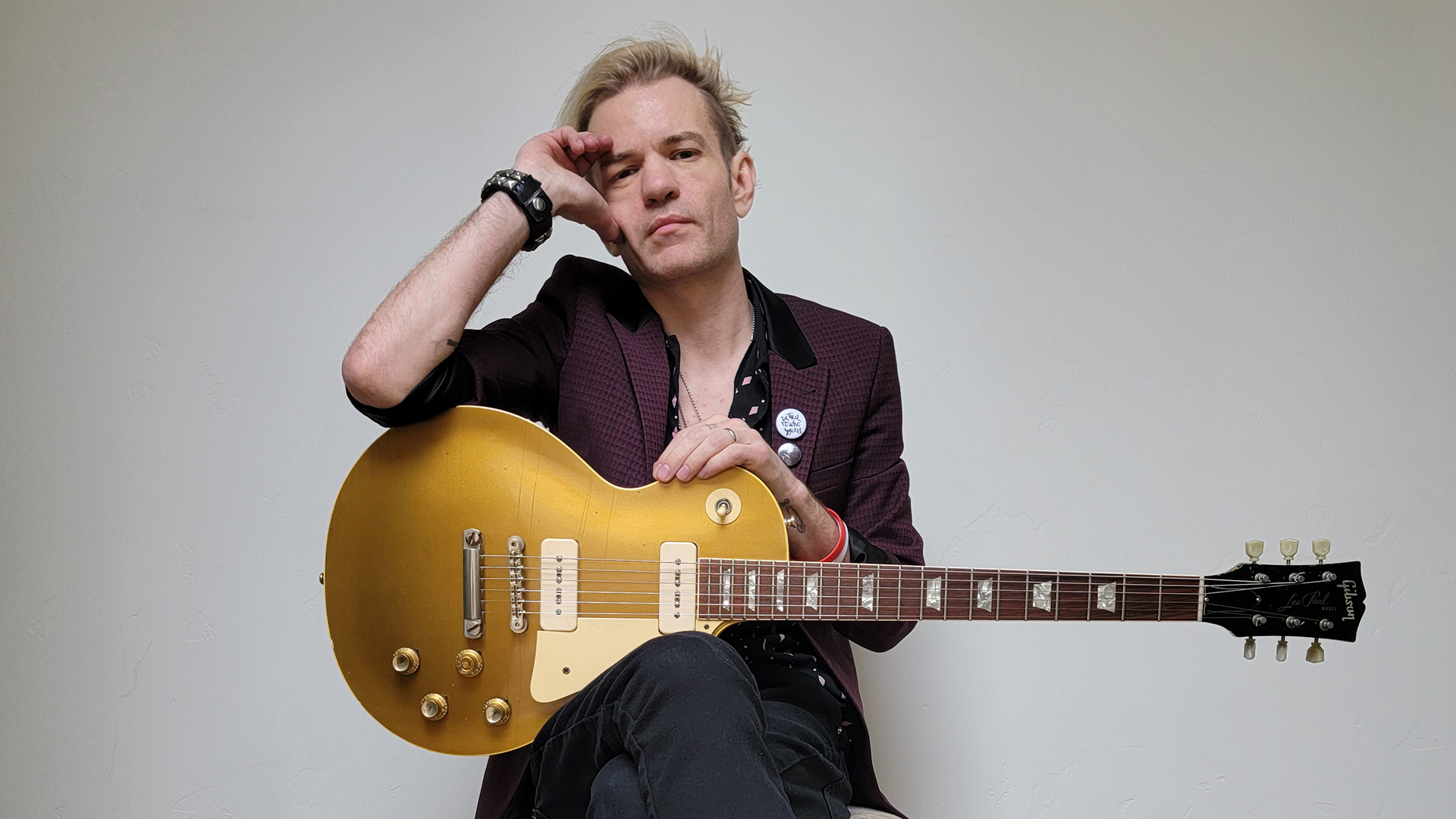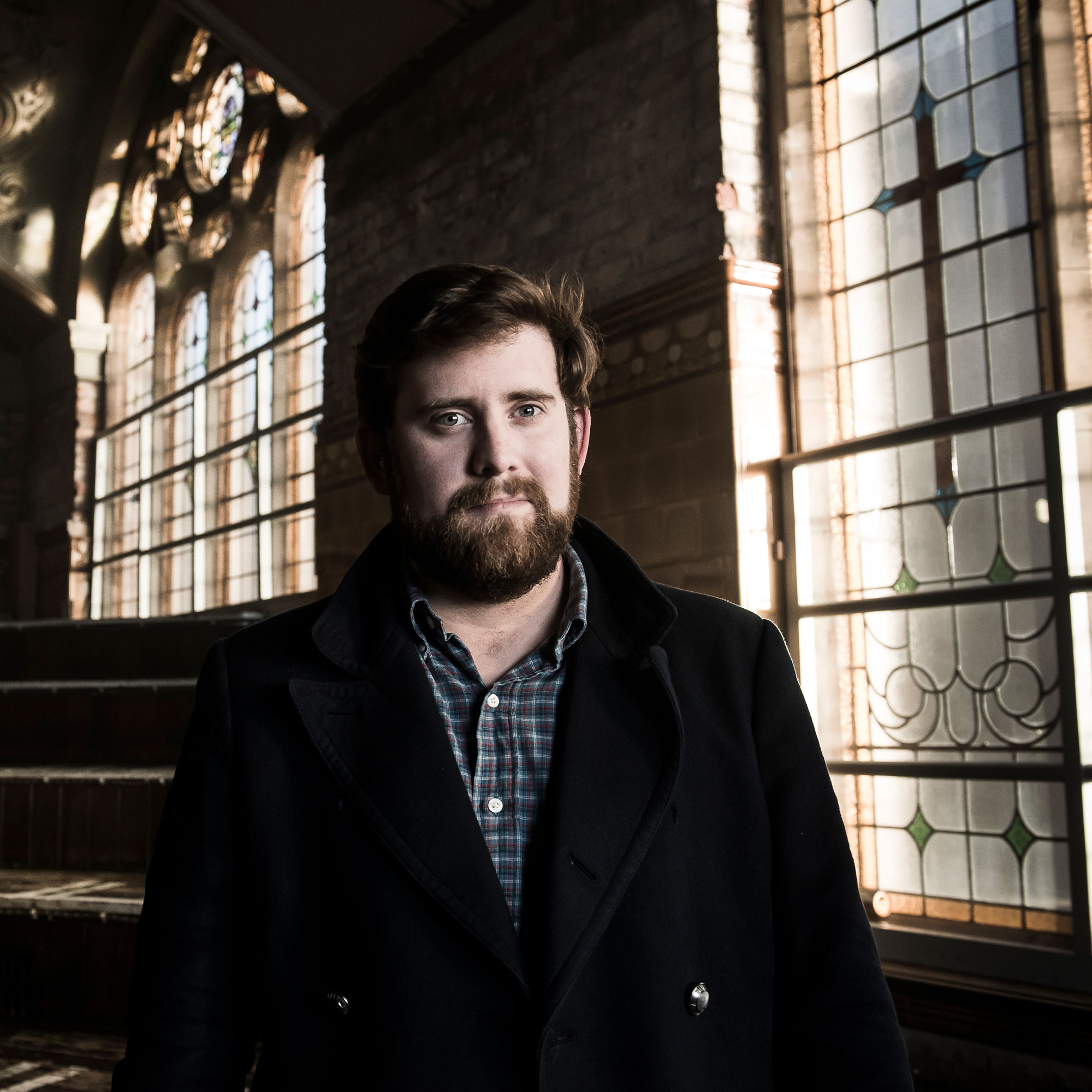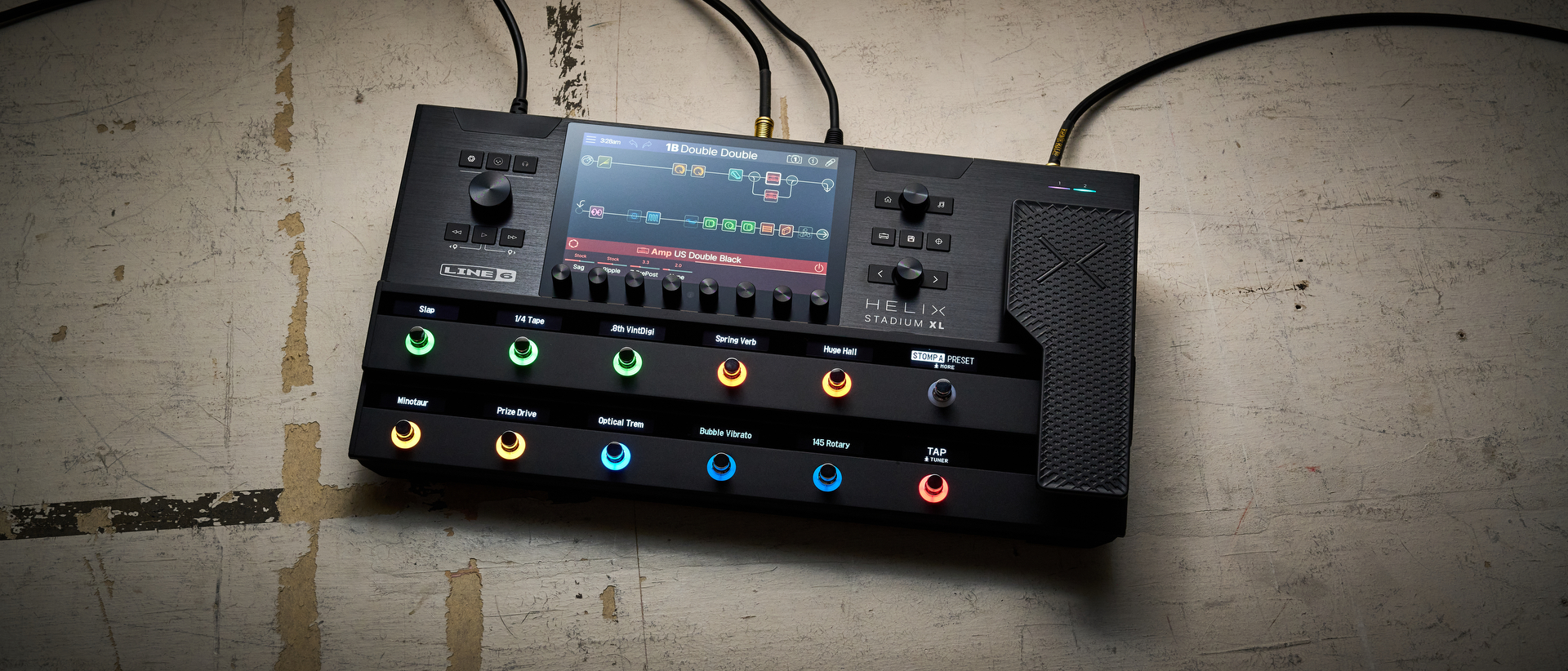“It’s such a cool guitar in terms of history”: Sum 41’s Deryck Whibley has bought the ’68 Gibson Les Paul Goldtop used on some of Ozzy Osbourne, Hole, Korn and Social Distortion’s most iconic recordings – and it seems it holds a few secrets
The Les Paul previously belonged to super-producer Michael Beinhorn but it looks like it might have a secret past, beneath its celebrity skin...

Sum 41's Deryck Whibley has bought a ’68 Gibson Les Paul Goldtop used on Social Distortion’s seminal punk record, White Light, White Heat, White Trash – as well as recordings by Ozzy Osbourne, Hole, Korn and more.
The electric guitar was previously owned by super-producer Michael Beinhorn and used to record a slew of huge records, including Ozzy Osbourne’s Ozzmosis, Hole’s Celebrity Skin, Korn’s Untouchables and Marilyn Manson’s Mechanical Animals, among many others.
However, as the Sum 41 frontman tells GW in a forthcoming interview, it is its use in the hands of Social Distortion’s Mike Ness on his band’s 1996 magnum opus that motivated the recent purchase.
“As soon as I heard that first song, Dear Lover, it instantly went on repeat. I was listening to it so much that I started experimenting with the same chord progressions,” explains Whibley, who says it played a direct influence on his own band’s moodier second outing, Does This Look Infected?
“I was looking for a darker, heavier sound, so I incorporated their ideas into my own stuff. The Hell Song, our second single from that second record, could only have come from listening to Social D. Even the first single, Still Waiting, took inspiration.”
The instrument – which has had a refret and new tuners, but is otherwise all-original – went up for sale in 2022 and Whibley proved a motivated buyer.
“Cut to however many years later, the guitar became available and I just had to get it,” he tells GW.
All the latest guitar news, interviews, lessons, reviews, deals and more, direct to your inbox!
“I spoke to the broker, worked out a price and then went to pick it up. The first thing I did when I got home was play along to Dear Lover. I was like ‘There it is, that’s the sound right there!’ It sounded exactly like the record.”
Not much is detailed about the guitar’s origins prior to Beinhorn’s 1995 purchase, but in a video made with the producer at the time of the Les Paul’s sale – he reveals there may be more to it than meets the eye.
“This one is unique because most Goldtops, especially from ’68, have circular routing on the inside for the electronics,” posits Beinhorn.
“This one has square routing and I was told – though I can’t verify it – that the square routing was the one they had on guitars in the ’50s. There’s a legend about these guitars that, supposedly, when Les Paul sued Gibson… they had a whole bunch of these guitars sitting in the factory unsold.
“When the lawsuit got settled, and Gibson was able to sell Les Pauls again, they took the guitars that were hanging there and sitting around for 10 years, gradually mellowing… and sold them as ’68 reissues… So not only is it a piece of history from ’68, it could very well be a piece of history from ’57.”

Whibley, while certainly appreciative of its vintage qualities, is more concerned with its recent history, of course – though he maintains it is not a mere wall-hanger. Instead, he intends to use it on Sum 41’s farewell dates and says he expects it’s going to feature heavily in his playing from now on.
“Michael told me it quickly became his main guitar for almost everything,” adds Whibley.
“As you spend time with this Les Paul, you really start to get to know it – especially how it reacts to different amps. Not only is it such a cool guitar in terms of history and how it literally changed my life 20-something years ago, the second I started playing it, I knew it sounded incredible. No matter what you plug it into, it ends up being the guitar you want to use for everything.”
For more on the guitar, Whibley’s other collectible instruments and his final album and tour plans with Sum 41, keep an eye on Guitar World for the full interview.
In the meantime, it appears to be a Gibson-heavy news day, as the firm prepares to unveil its first flagship store outside of Nashville, the Gibson Garage London, ahead of its opening on Saturday (February 24).

Matt is Deputy Editor for GuitarWorld.com. Before that he spent 10 years as a freelance music journalist, interviewing artists for the likes of Total Guitar, Guitarist, Guitar World, MusicRadar, NME.com, DJ Mag and Electronic Sound. In 2020, he launched CreativeMoney.co.uk, which aims to share the ideas that make creative lifestyles more sustainable. He plays guitar, but should not be allowed near your delay pedals.


